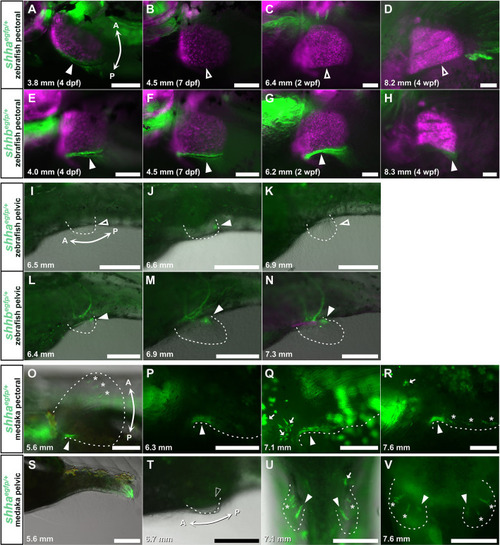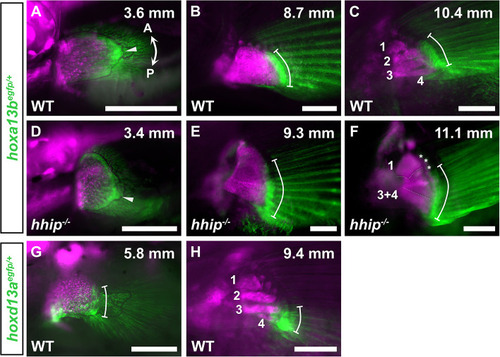- Title
-
Fin elaboration via anterior-posterior constraint by hhip on Hedgehog signaling in teleosts
- Authors
- Tanaka, Y., Okayama, S., Urakawa, K., Kudoh, H., Ansai, S., Abe, G., Tamura, K.
- Source
- Full text @ Development
|
|
|
|
|
|
|
|
|
|
|
|
|
|







